Archives
- 2025-11
- 2025-10
- 2025-09
- 2025-04
- 2025-03
- 2025-02
- 2025-01
- 2024-12
- 2024-11
- 2024-10
- 2024-09
- 2024-08
- 2024-07
- 2024-06
- 2024-05
- 2024-04
- 2024-03
- 2024-02
- 2024-01
- 2023-12
- 2023-11
- 2023-10
- 2023-09
- 2023-08
- 2023-07
- 2023-06
- 2023-05
- 2023-04
- 2023-03
- 2023-02
- 2023-01
- 2022-12
- 2022-11
- 2022-10
- 2022-09
- 2022-08
- 2022-07
- 2022-06
- 2022-05
- 2022-04
- 2022-03
- 2022-02
- 2022-01
- 2021-12
- 2021-11
- 2021-10
- 2021-09
- 2021-08
- 2021-07
- 2021-06
- 2021-05
- 2021-04
- 2021-03
- 2021-02
- 2021-01
- 2020-12
- 2020-11
- 2020-10
- 2020-09
- 2020-08
- 2020-07
- 2020-06
- 2020-05
- 2020-04
- 2020-03
- 2020-02
- 2020-01
- 2019-12
- 2019-11
- 2019-10
- 2019-09
- 2019-08
- 2019-07
- 2019-06
- 2019-05
- 2019-04
- 2018-11
- 2018-10
- 2018-07
-
Compound was obtained as a yellow crystal acetone And
2022-05-25
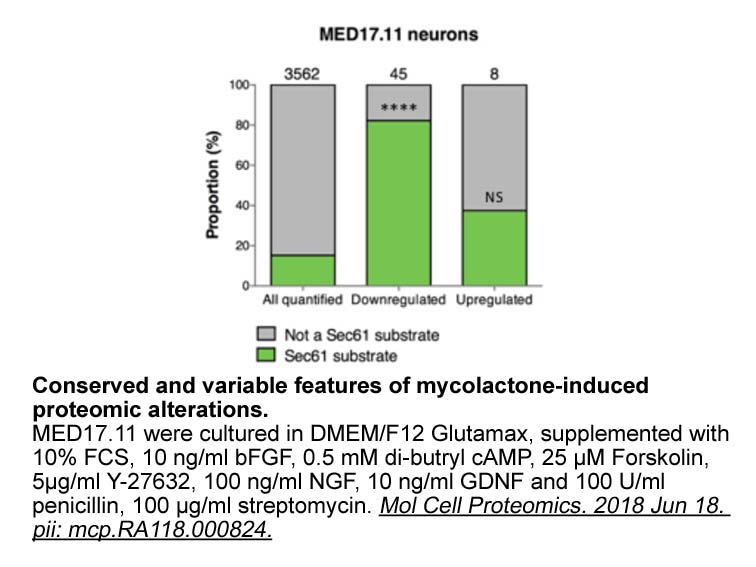
Compound was obtained as a yellow crystal (acetone). And the molecular formula of was established as CHO on the basis of a quasi-molecular ion at / 331.0799 [M+H] (calcd. for 331.0818) in its HR-ESI-MS. Compound showed H and C NMR similar to those of gdc com . However, The H NMR spectrum of containe
-
The post translational modification O GlcNAcylation is also
2022-05-25
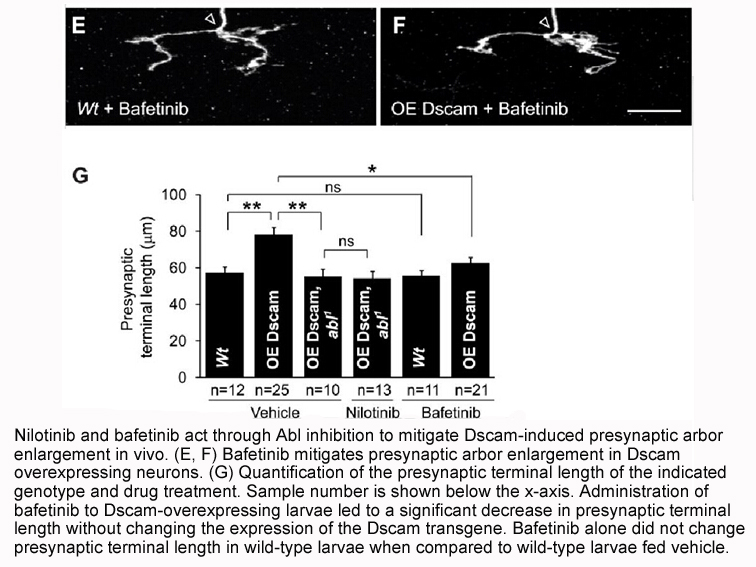
The post-translational modification O-GlcNAcylation is also dependent upon glucose fluctuations. O-GlcNAcylation has been linked to insulin resistance and glucose toxicity in diabetes and its comorbidities [11]. O-GlcNAcylation is a dynamic modification tightly regulated by the nutritional sensor UD
-
The Growth Hormone Secretagogue Receptor
2022-05-25

The Growth Hormone Secretagogue Receptor (GHSR), also known as the ghrelin receptor, is a G protein-coupled receptor (GPCR) expressed widely throughout the body and brain, with particular enrichment in Talabostat mesylate regions concerned with homeostatic and motivational function such as the hypo
-
In this study an galactosidase gene GalA
2022-05-25

In this study, an α-galactosidase gene, GalA, from a Aspergillus oryzae strain RIB40 [14] was artificially synthesized. To produce high levels of secretory expression in Pichia and facilitate its industrial application, we systematically investigated the gene dosages and the role of the ERSAs, namel
-
br Declaration of interest br Acknowledgments br This
2022-05-24

Declaration of interest Acknowledgments This work was supported by grants from the Polish National Science Centre (PRELUDIUM grant no. 2013/11/N/NZ5/00270) and the European Commission FP7 Project Beta-JUDO (grant number 279 153), European Union EIT Health project DeTecT2D, Swedish Diabetes A
-
Main Text FFAR GPR is a long chain fatty acid
2022-05-24

Main Text FFAR1 (GPR40) is a long-chain fatty BAY 57-1293 mg (LCFA) receptor highly expressed and enriched in enteroendocrine cells, where it senses LCFAs generated from dietary triglycerides, and in pancreatic islet cells, where it acts as a powerful stimulator of insulin secretion. However, the
-
In addition to the regulation afforded by
2022-05-24
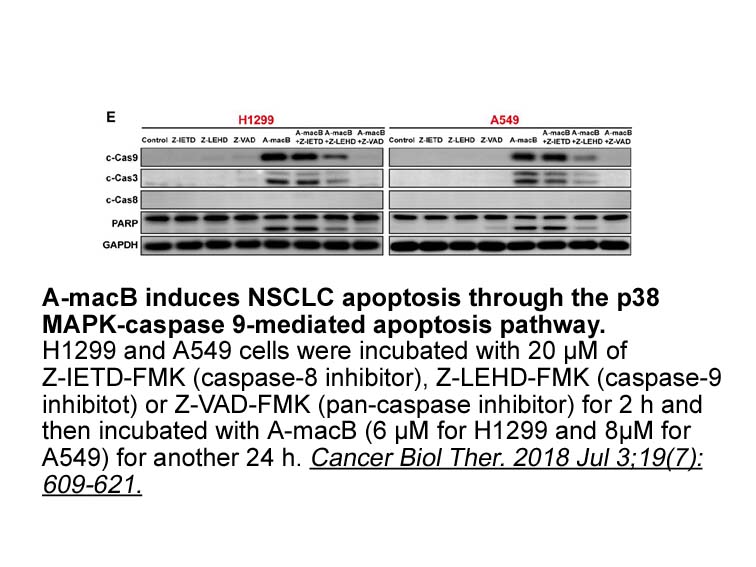
In addition to the regulation afforded by calcineurin/NFAT axis, it has been shown that deregulation of some microRNAs (e.g. miR-155) can induce activation of Fas/FasL-in various cell types [72]. Furthermore, Fas–FasL interactions appear to be an important mechanism for the maintenance of immune pri
-
At the molecular level AZ scaffold proteins including piccol
2022-05-24

At the molecular level AZ scaffold proteins including piccolo and bassoon have been shown to directly or indirectly associate with endocytic and actin-binding proteins such as ABP1 (Fenster et al., 2003), profilin, and GIT (Podufall et al., 2014) (Fig. 2B). ABP1 and profilin, via regulating F-actin,
-
Thus both in Drosophila and mammals
2022-05-24

Thus, both in Drosophila and mammals, the Hippo pathway responds to cell–cell junctions via an apical NF2/Mer-containing complex. Indeed, Hippo signalling and NF2 are required for contact inhibition of growth in cell culture, which is thought to reflect an in vivo function as a sensor of tissue crow
-
br Cholecystokinin CCK CCK is secreted by enteroendocrine I
2022-05-24

Cholecystokinin (CCK) CCK is secreted by enteroendocrine I-cells of the duodenum and jejunum in response to amino acids and lipids [14]. There are two forms of the CCK receptor, CCK1 which is expressed on pancreatic α- and β-cells while CCK2 is located on somatostatin-secreting δ-cells [8]. CCK r
-
In addition this study also showed
2022-05-23

In addition, this study also showed no obvious increase in apoptosis but obvious increase in necrosis after WZB117 treatment. The possible reason is that apoptosis is an ATP-utilizing process which is an active and programmed form of cell death. In contrast, necrosis is an uncontrolled or pathologic
-
The eradication of agonist activity in compound was
2022-05-23

The eradication of agonist activity in compound was also confirmed in the ex vivo growth hormone (GH) release experiment conducted in isolated primary rat pituitary IGF-1, human recombinant as shown in . Compound did not produce any noticeable GH secretion at up to 10μM concentration. It could also
-
Interestingly GAL has also been shown to be co expressed
2022-05-23
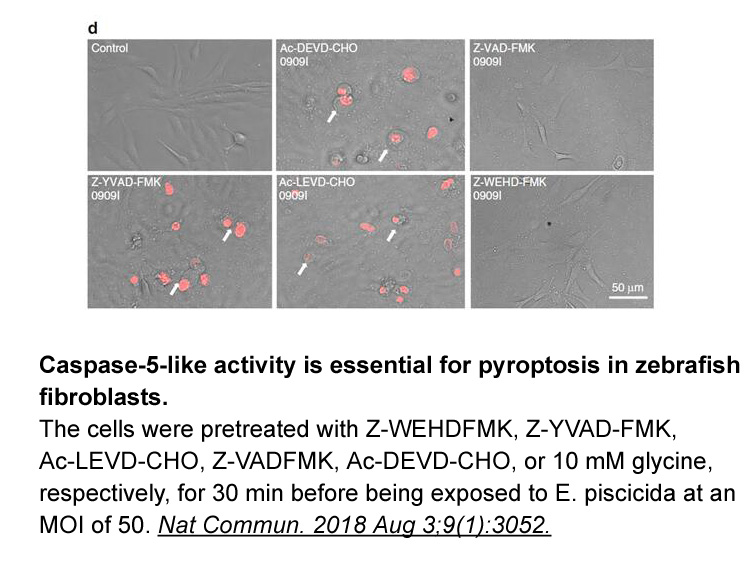
Interestingly, GAL has also been shown to be co-expressed and/or secreted in luteinizing hormone releasing hormone (LHRH) (Merchenthaler et al., 1991, Marks et al., 1994) and kisspeptin (KISS) neurons (Porteous et al., 2011). Furthermore, GAL was shown to stimulate luteinizing hormone (LH) secretion
-
The feasibility of using the Fas Fas ligand FasL system
2022-05-23
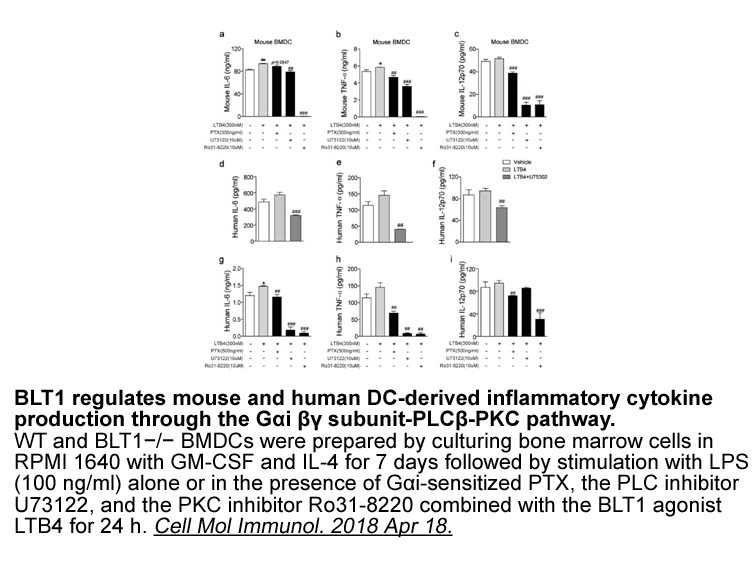
The feasibility of using the Fas/Fas ligand (FasL) system to target vascular progenitor Aripiprazole contributing to intimal hyperplasia has been shown in many studies [[18], [19], [20], [21], [22], [23], [24]]. Fas receptor, a member of tissue necrosis factor family, is a death receptor that initi
-
A few previous studies have examined Factor Xa
2022-05-23
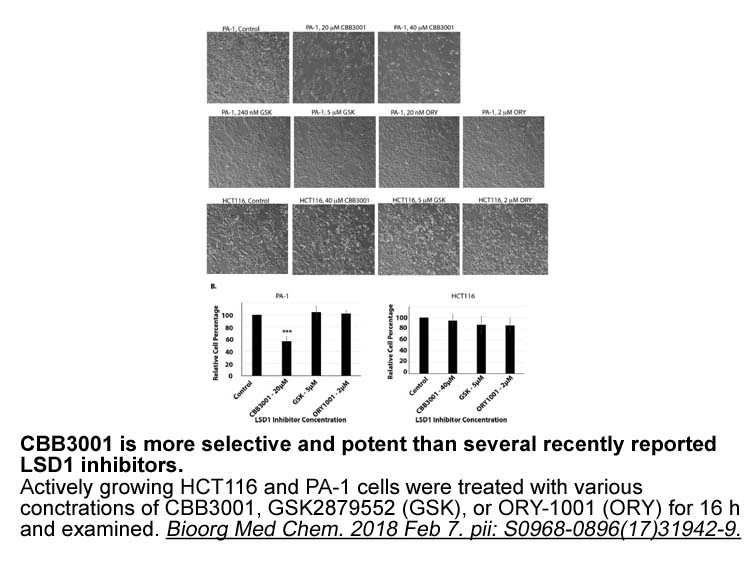
A few previous studies have examined Factor Xa inhibitors for VTE prophylaxis in hip fracture patients. In a 2001 paper, Eriksson et al. studied 1250 patients with hip fractures that had been randomized to either postoperative Factor Xa inhibitor or enoxaparin [13]. Each patient received bilateral v
15898 records 418/1060 page Previous Next First page 上5页 416417418419420 下5页 Last page